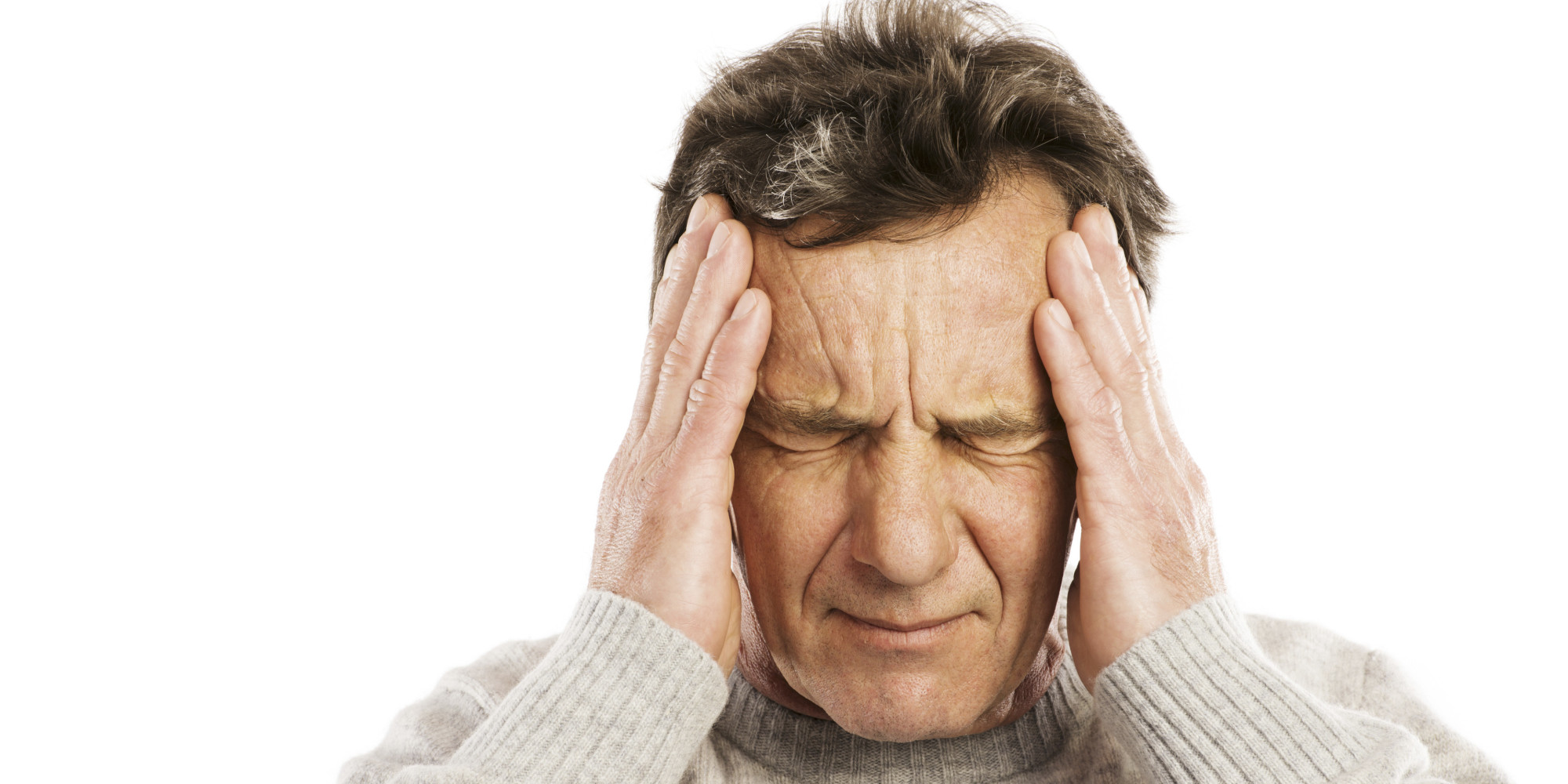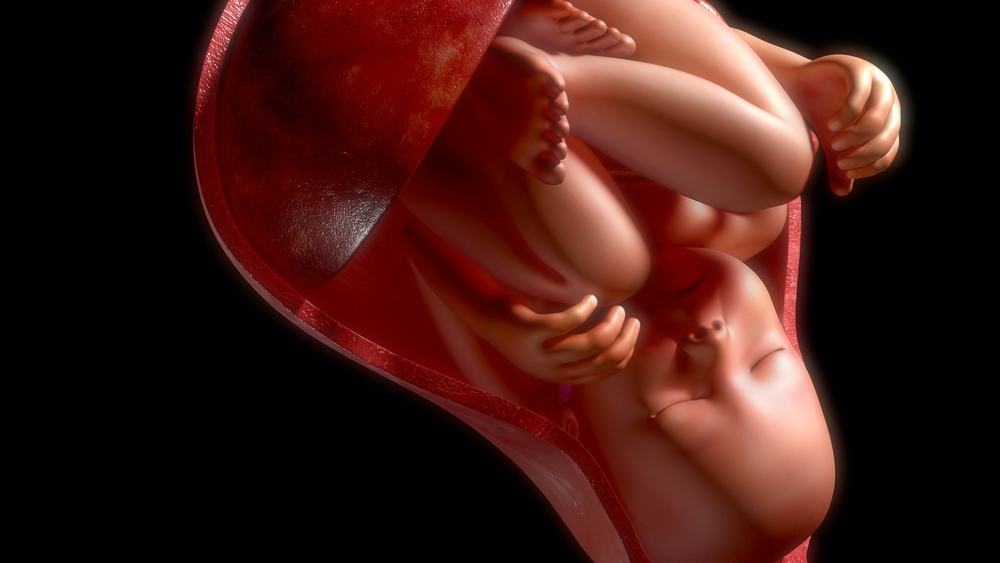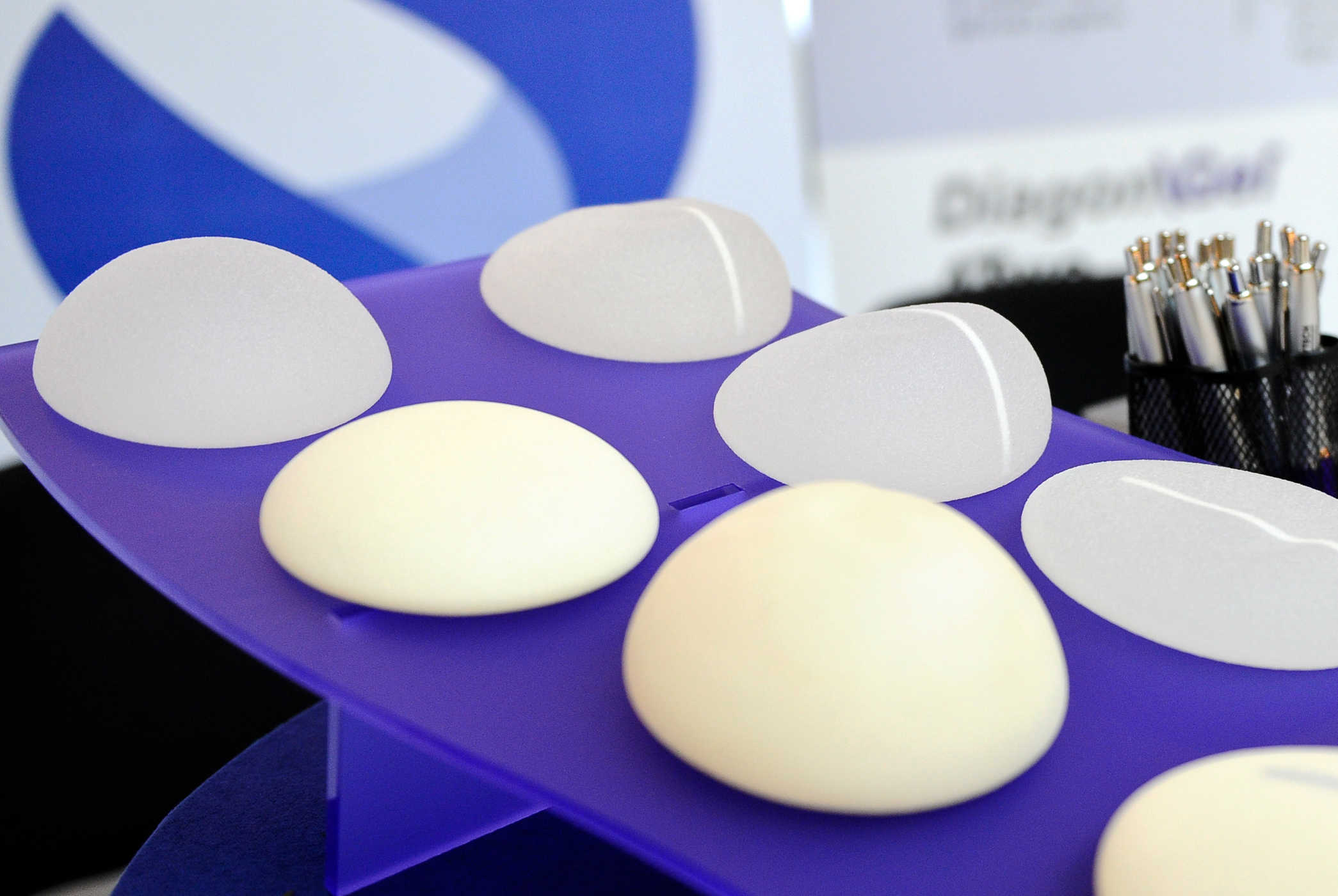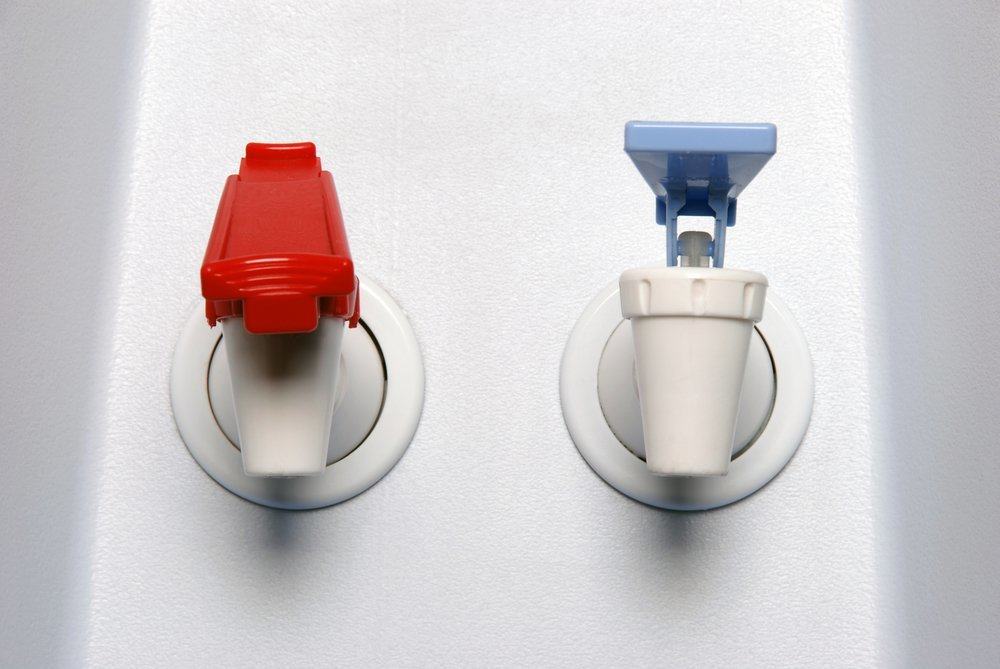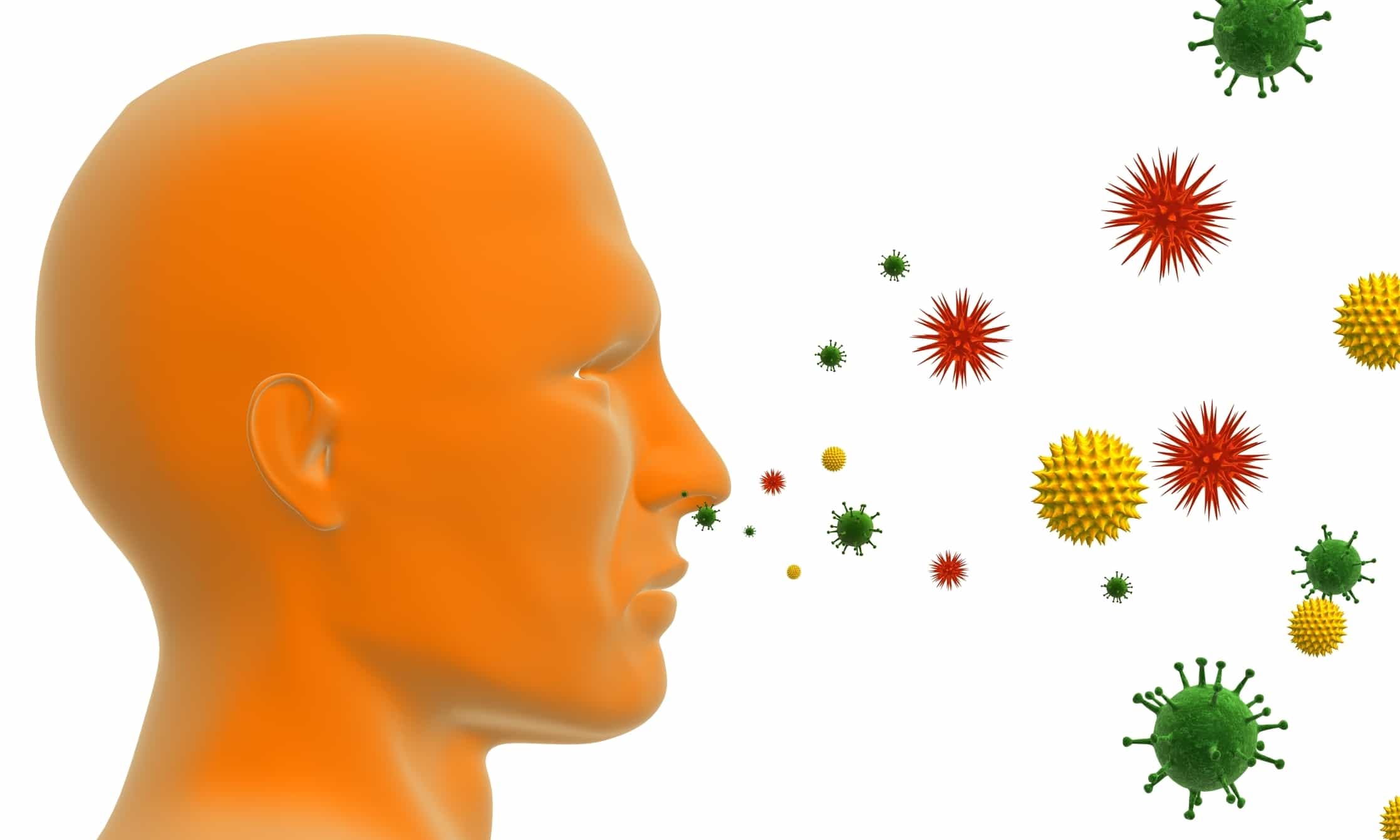Contents:
- Medical Video: Vertigo Treatment with Simple Exercises (BPPV) - Ask Doctor Jo
- Various ways to control vertigo
- Procedure for repositioning the canal
- Semont-toupet maneuver
- Brandt-Daroff training
- Alternative surgery
- Eating gingko biloba
- Vitamin D
- Lifestyle changes to control vertigo
- Reduce stress
- Enough sleep
- Drink a lot, don't get a lack of fluids
- Avoiding alcohol
- What needs to be considered for sufferers of vertigo
Medical Video: Vertigo Treatment with Simple Exercises (BPPV) - Ask Doctor Jo
BPPV (benign paroxysmal positional vertigo) is one of the most common types of vertigo caused by deposits that form in your inner ear, which disrupts the body's balance. In addition, the presence of vestibular injuries, strokes, head or neck injuries, and Meniere's disease also cause vertigo. Then, is there a way to control this type of vertigo?
Various ways to control vertigo
There are several ways to control vertigo so that it doesn't recur frequently. Here are tips that you can apply.
Procedure for repositioning the canal
Vertigo is not curable, but symptoms can be reduced. For BPPV, there is the best and easiest treatment that can be done. Reporting from Science Daily, Teri D. Fife, MD., A member of the America Academy of Neurology and author of the University of Arizona College of Medicine and Barrow Neurogical Institute, said, "Instead of continuing to delay treatment, faster treatment is the best."
The treatment is a canalith repositioning procedure or also called epley maneuver. This therapy can control vertigo and can be done with the help of a doctor or done alone at home. The method is as follows:
- Take a sitting position against the wall with a pillow behind your head and legs extended.
- Turn your head 45 degrees to the right.
- Still in the same position, immediately lay down with your head on the pillow. Hold position, for at least 30 seconds.
- Gently turn your head to the left at 90 degrees full, without lifting your neck.
- Then, slowly change your body position to the left; sleep by lying on the left side.
- Then, return to its original position, which is the supine position and immediately rise to an upright position.
In the first treatment you need to do it with the help of a doctor, so you can do it at home with the help of others. This treatment can be done three times in a row. maybe you will feel dizzy with every movement and movement. However, the symptoms of vertigo will later decrease slightly.
The purpose of this treatment is to move particles from the semantic-shaped ducts that contain fluid in the inner ear to an open area, such as a vestibule (small bag) that holds one of the otolith organs in the ear.
Semont-toupet maneuver
A series of treatments for vertigo are almost the same as those for epley, but many studies have concluded that this treatment is more effective. The method is as follows:
- Take an upright position against the wall with a pillow behind your head and legs.
- Then, lie to the right side and look at the upper left side of the eye.
- Immediately sit down and lie down to the left side with your head still facing left, looking down.
- Slowly return to its original position, look forward (normal) and sit upright.
Brandt-Daroff training
This exercise is most often recommended for people with vertigo at home, because it is easy to do without supervision. It is not recommended that you practice Brandt-Daroff unless you are in a safe place and will not be driving for a while, because this can lead to increased dizziness in a short time.
- Start by sitting on a flat surface with your feet hanging above the long chair.
- Lie down and position your body to the right side but head to the left. Hold for 30 seconds and try not to move your feet.
- Then, get up and sit up straight and head straight back.
This movement can be done twice a week. In a day do 3 times, each set is repeated 5 times.
Alternative surgery
In very rare situations where the procedure for repositioning the canal or other therapies is not effective, your doctor may recommend an operating procedure where the bone plug is used to block the part of your inner ear which causes dizziness. This plug prevents the semicircular channel in your ear from responding to particle movements or general head movements. The success rate of canal copying operations is around 90 percent.
Eating gingko biloba
Reporting from Healthline, ginkgo biloba has been studied for its effects on vertigo and proven to be as effective as leading prescription drugs for treating vertigo. Gingko biloba extract can be purchased in liquid or capsule form. Taking 240 milligrams of ginkgo biloba every day should reduce your vertigo symptoms and make you feel more balanced.
Vitamin D
A study shows that vitamin D deficiency can worsen symptoms for people who have BPPV. Eating a glass of milk or orange juice, fish, and even egg yolks will give you an increased level of vitamin D. Ask your doctor to check your vitamin D levels so you know if you need more foods that contain vitamin D or supplements.
Lifestyle changes to control vertigo
Reduce stress
Some conditions that cause vertigo, including Meniere's disease, can be triggered by stress. Developing coping strategies to reduce stress can reduce the frequency of vertigo. Practicing meditation and deep breathing techniques are good actions to start. You can follow yoga or tai chi.
Enough sleep
The feeling of vertigo can be triggered by lack of sleep. If you experience vertigo for the first time, it may be due to stress or lack of sleep. If you can stop what you are doing and take a nap, you may find vertigo will disappear.
Drink a lot, don't get a lack of fluids
Sometimes vertigo is caused by mild dehydration. For that, make sure you drink lots of water. Monitor your fluid intake and try to take into account the hot, humid, and sweaty conditions that might make you lose too much fluid.
Avoiding alcohol
Behind the dizziness you feel when you drink, alcohol can actually change the composition of the fluid in your inner ear, according to the Vestibular Disorders Association. Alcohol can also make you dehydrated. These things can affect your balance even when you are aware. So, it's better to stop consuming alcohol.
What needs to be considered for sufferers of vertigo
If you experience dizziness due to vertigo, be aware of the possibility of losing your balance, which can cause falls and serious injuries. To control vertigo, sit down immediately when you feel dizzy. Use good lighting if you wake up at night.
As long as symptoms continue to appear, walk with the help of a stick to balance if you risk falling. Don't forget to check your doctor's health to manage your symptoms effectively. Because, BPPV can recur even after successful therapy. Fortunately, even though there is no cure, the condition can be managed by physical therapy and home care.

